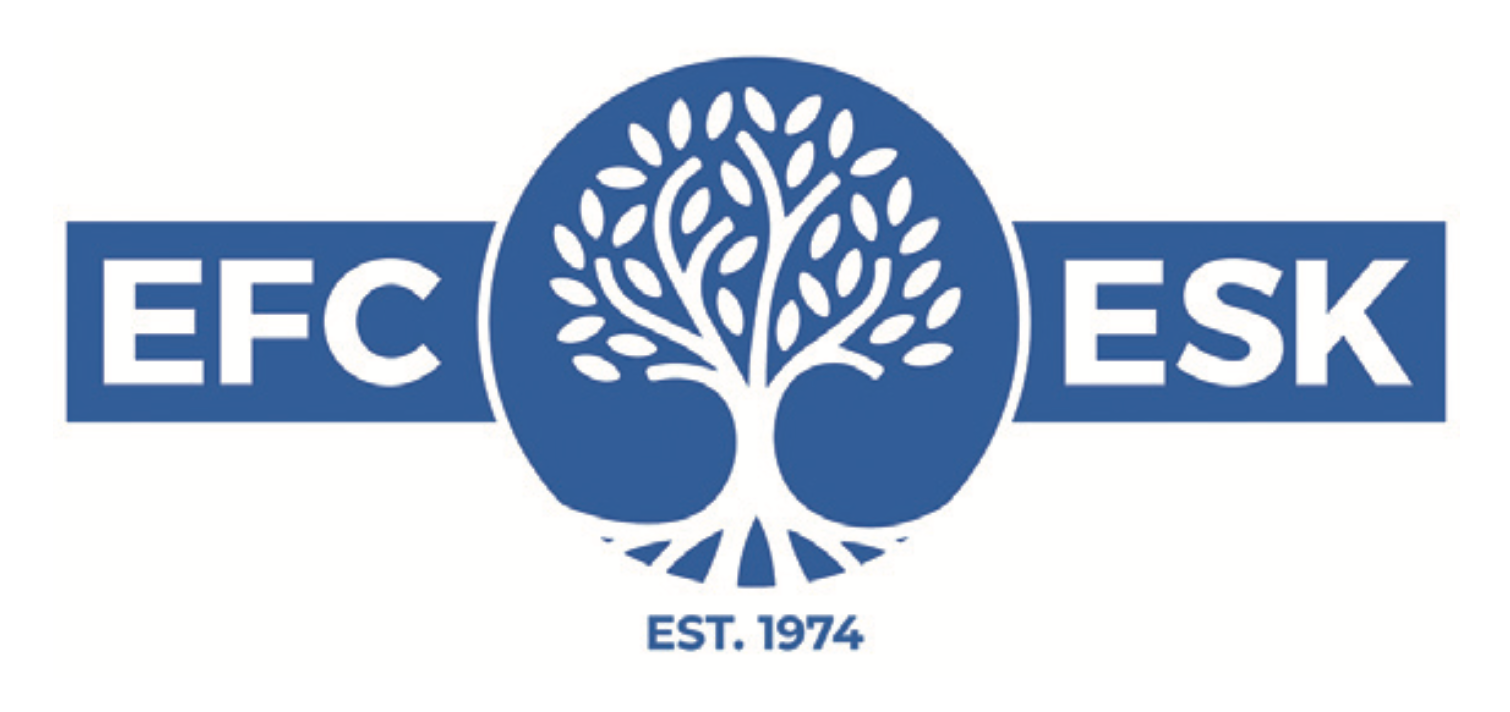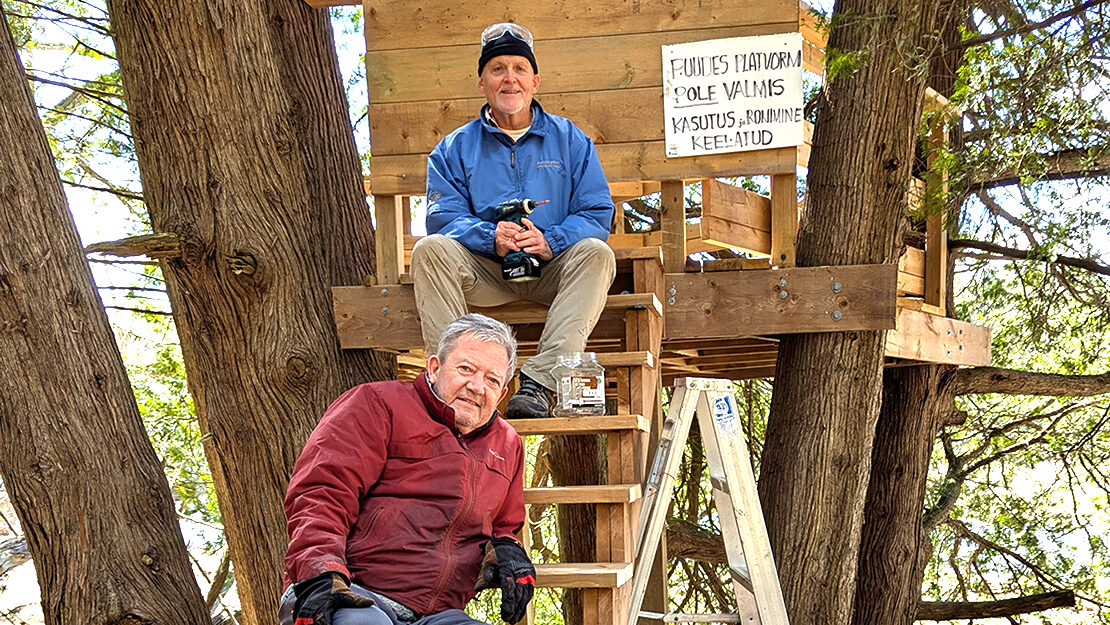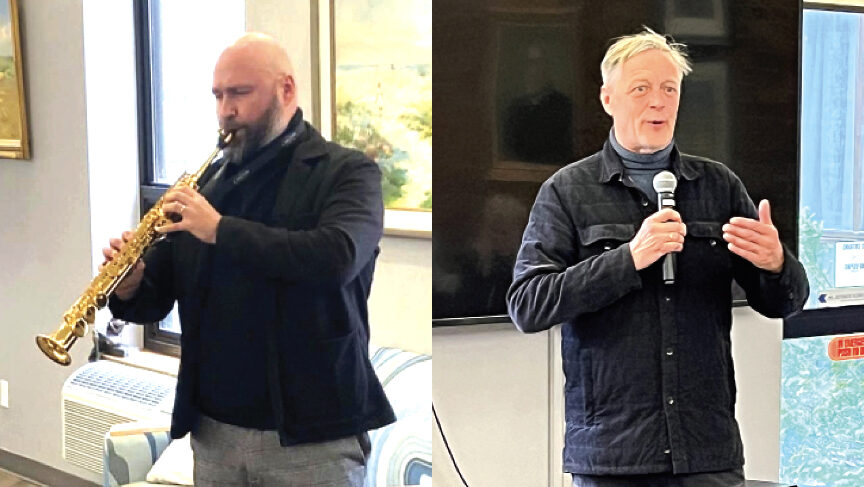The Town Hall on March 29th attracted a large number of people – the large hall was full. We are grateful for all community interest, input and concerns and understand that there are those in the community who will agree to no other option but to remain on Broadview Avenue. Let us, however, have respectful and fact based conversations. Baseless accusations of conflicted and manipulative behaviour by the very organizations which have been and remain integral to the Estonian community in the Toronto area and indeed in Canada are not conducive to constructive dialogue.
We believe it is in the best interests of the community to pursue the opportunity on Madison Avenue. Why? Much as we may all be attached to the Estonian House, we do not believe that there is any realistic prospect of sustaining a centre at 958 Broadview. It no longer breaks even and has no capital reserve for extraordinary capital maintenance of which a significant backlog exists. It is an old, inefficiently laid out structure that even with the most pressing repairs completed would not see a change its long term economic prospects. Secondly, the option of redeveloping the site to include a new Estonian House with residential condominiums has been proven unviable by three arm's length developers. Although the underlying value of the land is robust, the combination of a community centre anchoring a residential development proved to be too risky and unappealing to developers. Thirdly, we are currently in the hottest residential real estate market this city has ever seen. This is the optimal time to realize the site's underlying value which developers unencumbered by the inclusion of a community centre should pay top dollar for. Finally, opportunities for a land assembly on favourable economic terms in such a prominent location as Madison Avenue is exceedingly rare. Combined with the fact that the site is adjacent to an existing Estonian centre presents our community with a unique, once-in-a-lifetime opportunity. These are the reasons why the four organizations have come out so strongly in favour of 11 Madison. No conspiracy. No collusion. No conflicts. We have a window of opportunity to realize an attractive solution to the challenges that overwhelm the Estonian House. Let's not put off accepting reality until it is too late.
As with all development opportunities, the Madison Project is not without risk. However, we believe that these risks are acceptable for our community and have been further reduced by the engagement of experienced industry professionals (from our own community) buttressed by stringent governance and oversight by a steering committee comprised of members from the four represented organizations. On April 25, 2017, Estonian House shareholders will be asked to approve in principle proceeding with the sale of Estonian House and directing the proceeds to constructing a centre on Madison Avenue. Estonian House will not be sold without 9 Madison having been successfully purchased and financing having been secured. A thorough due diligence process will follow the vote to confirm that the Madison Project is financially and technically feasible, thus allowing for the establishment of the Estonian Centre on a sustainable basis. It is only once those conditions are satisfied, that the Estonian House would, in fact be sold with a leaseback from the purchaser, which would ensure our ability to continue to use the 958 Broadview location until the new facility is complete.
The article written by Allan Meiusi and published in this paper on April 5, 2017 alleges that the Estonian Credit Union, Estonian Foundation of Canada, and Tartu College are endorsing the Madison Avenue project for their own benefit rather than for the benefit of the Toronto Estonian community as a whole. This is both disheartening and needlessly inflammatory. We should remind ourselves that the board members of these three organizations, as well as those of the Estonian House, are dedicated volunteers who provide both their professional expertise and free time to serve these institutions. As Estonians, each and every one of us has our own unique talents allowing for the enrichment of our cultural life. As a small community, we should be thankful that we have such a deep pool of people with relevant subject matter expertise who are willing to step up when needed. In this context, to suggest that the board members of these organizations are “self-dealing” and untrustworthy is insulting and creates an unnecessarily toxic environment. For most of us, whether to stay or consolidate is an emotional issue. We need to dial back the rhetoric, look at the facts, and make a rational decision that benefits the community in the long run.
Mr. Meiusi's letter made certain specific statements that are patently false, and which for the benefit of the community we would like to address and rectify.
First, let us speak to the business of the Estonian Credit Union (ECU), whose interests are misrepresented throughout the article. ECU is in the business of lending out member deposits to earn income to pay interest on these deposits; to build capital in relation to asset growth; to cover the expenses of running the credit union; and to give back to the community. The credit union works hard to lend out its money and would lend out even more than it does. It is subject to exacting regulatory standards with audits to verify compliance. It is not in the interest of the credit union, nor would it be a normal business practice, to cash in non-delinquent loans and increase its cash reserves as Mr. Meiusi suggests with respect to borrowing by the Estonian Foundation of Canada, the Estonian House or Tartu College. Further, Mr. Meiusi speculates on the borrowing requirements of the Estonian House without any firsthand knowledge of business plans or the benefit of current financial statements, which are yet to be made publically available at the Estonian House AGM later this spring. To put it plainly, this is irresponsible.
Second, Mr. Meiusi misrepresents the facts related to ECU's investment in 11 Madison Avenue. The building is zoned ‘commercial / residential' and is currently designated as a commercial use property. This means the building may be used for commercial activity such as a credit union and is subject to commercial building codes and commercial property taxes. The building remains vacant as ECU deemed it imprudent to incur significant fees levied by the city to change its use to residential for the purposes of renting the building to students on an interim basis. The vacancy is in no way due to the local residents association or the Annex Heritage District designation. ECU's costs related to the building are well secured by the strong appreciation in Toronto real estate markets. If the credit union made the decision to no longer hold the property as a risk mitigation strategy for itself and the Estonian community, it would recoup its costs related to the property on the open market. All of this information was publicly discussed at the ECU's recent AGM on April 5th. Mr. Meiusi's allegations are not only uninformed, they are false.
Third, the Estonian Foundation of Canada's (EFC's) objects are to support Estonian cultural and heritage initiatives across Canada. EFC has an interest in a sustainable community centre, as the Toronto area has the largest number of Estonians in Canada. It is important that there be a reliable community space in which to congregate. In addition, EFC provides financial support to organizations such as the Estonian schools, kindergarten, several choirs, and folk dancers. EFC also pays their rental costs to Estonian House. These rental costs are not sustainable for the Foundation and do not even begin to cover Estonian House expenses despite EFC paying more than $1 Million since 2005. The EFC also owns three properties next to the Estonian House. Two Broadview properties were purchased in 2007 as a strategic investment as part of its investment portfolio and a third was purchased in 2011 for which ECU provided preferential interest rates to EFC, in the spirit of community cooperation. All three properties are key to maximizing the development and/or sale value of the Estonian House, and which the Foundation has been holding to support the Estonian House in the latter's effort to obtain the best return on sale of its land. EFC could easily sell the houses independent of any sale of the Estonian House on the open market at a significant profit and leave the Estonian House to struggle with a strip of land that is less appealing to prospective developers. The properties and EFC involvement in all activities have been public for many years, most recently at EFC's Annual Meeting of Members on March 8th, 2017. The forbearance of the Foundation is in concert, not in conflict, with the interests of the Estonian House, contrary to what Mr. Meiusi claims.
Fourth, Tartu College is engaged in a multi-year renovation program of a 40-year-old building to modernize student suites, and to renew ageing infrastructure. This will allow Tartu College to increase rents, which will generate additional income to service the debt incurred to renovate and to continue to support Estonian community activities. Unlike the Estonian House, Tartu College is able to take on significant debt to complete fundamental renovations, as it has a strong demonstrated income stream from the rental of student residences and retail space to meet its debt payment obligations. Construction of the VEMU museum is financed through fund-raising, not debt. There is no financial benefit to Tartu College from the Madison development, again, contrary to what Mr. Meiusi claims.
Estonian House remains the property with the most risk and least potential for sustainability. Excluding development costs and revenues, Estonian House has earned a total of $2,750 over six years. That is neither a model for growth nor even one for keeping the lights on. This was made clear from the in-depth Estonian House presentation at the Town Hall on March 29th 2017. Although Mr. Meiusi may have found the presentation overly detailed and unnecessary, he should appreciate that some members of the Estonian community have not been following these developments as closely as others. Many in the audience appreciated the level of specificity as they were not fully informed.
Finally, Mr. Meiusi suggested in his editorial that the preferred solution is to renovate the Estonian House bit by bit. Perhaps he did not fully comprehend the current circumstances, because in a nutshell, the challenges facing the Estonian House are so great, and the cost of remediation so high, that the building is not salvageable. Expert after expert was consulted to find a way to remediate. Three developers were worked with in succession; none being able to return a rebuilt Estonian House to the community from the proceeds of the development without unacceptable risk to the assets of the Estonian House and at the risk of losing everything.
Today, as attested by the Estonian House auditors, there is risk associated with the ability of the Estonian House to continue operations should the building face significant repair or maintenance requirements to continue its operations. This is a severe conclusion. It addresses the precarious nature of operations of the Estonian House, including its limitations to borrow or to pay its bills when due. Remediating the building's issues is not a case of another coat of paint, or a minor plumbing or electrical fix. The guts of the building, heating, plumbing, electrical, roof are at the end of life. Moreover, such capital repairs do not address certain poor design features (e.g., noise spill over between adjacent halls, two adjacent halls having to share a single kitchen, placement of public washrooms at a considerable distance from the halls.) The kind of renovation required would necessitate a fundamental gutting of the building and replacement of its entire infrastructure. Users of the Estonian House would need to go somewhere else for the duration, but even that isn't the real focus of the problem. The estimated cost of such repair is in the millions. There are no funds or operating income to finance this. The Estonian House is asset rich and cash poor. For this very reason, the recommendations of one expert after another are to realize the value of the property by selling it and acquiring or building a new space.
The Madison Avenue opportunity was developed over a considerable period of years as a backup to Estonian House redevelopment and this was done under the confidentiality constraints required for negotiating with the City. Our community now faces a decision as to how to proceed and this decision must be made at the earliest opportunity. Even though this is due to timing constraints outside of our control, as a community we do need to act decisively on this opportunity now. Yes, every change is difficult and requires readjustment and recalibration. That said, we need to focus on what our community will be like in 10, 20 and 50 years' time. Madison offers an encouraging, and positive vision for the future. Prudent financial and risk management of this development will determine the success of the Estonian community in Toronto.
To date, the three organizations ECU, EFC and Tartu College have been investing their own resources toward Madison, without guarantee of repayment or success. Mr. Meiusi's efforts seek to divide the community with assertions that are both reckless and baseless, and to tarnish individuals and organizations that have been working to secure a sustainable, modern home.
It is more important than ever to continue to consolidate our resources and community, to pull together, to support each other and to work together. We have a real opportunity to imagine our community's future, not for a few years, but for generations, in a facility in which we will hold our activities and celebrations, individually and collectively. We believe that this is within our means to accomplish, but we can only make Madison Avenue our new home with the unified support and understanding of everyone in the community.
This is a watershed moment for Toronto Estonians. Together we can ensure viability of the Estonian cultural community in a place that will serve generations to come.




